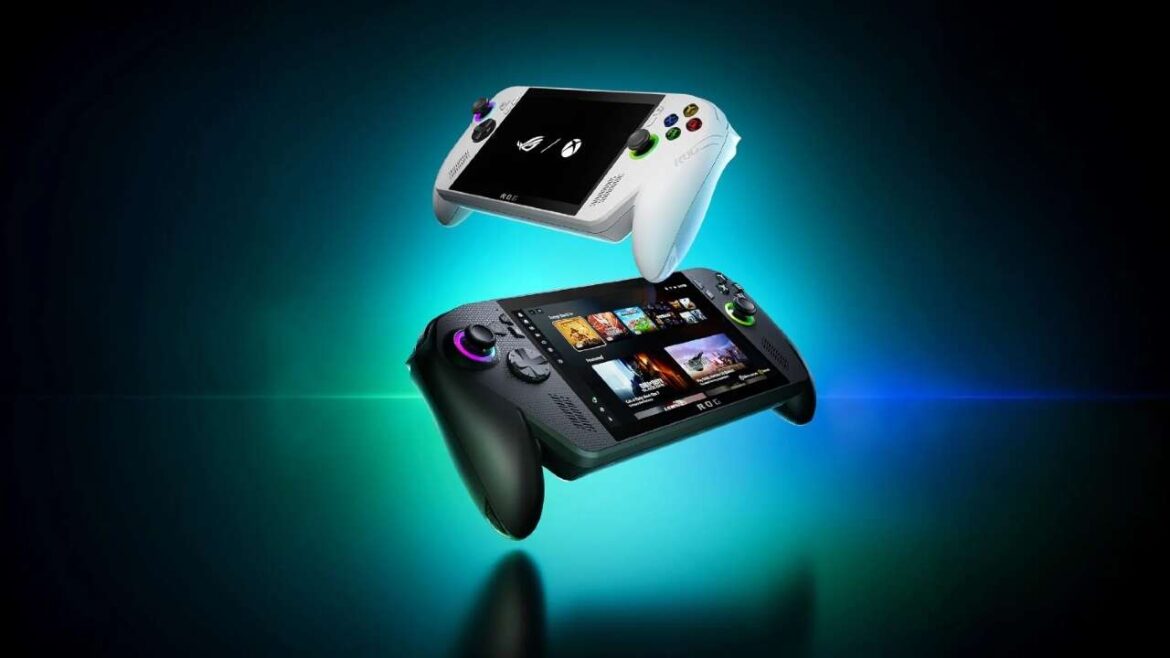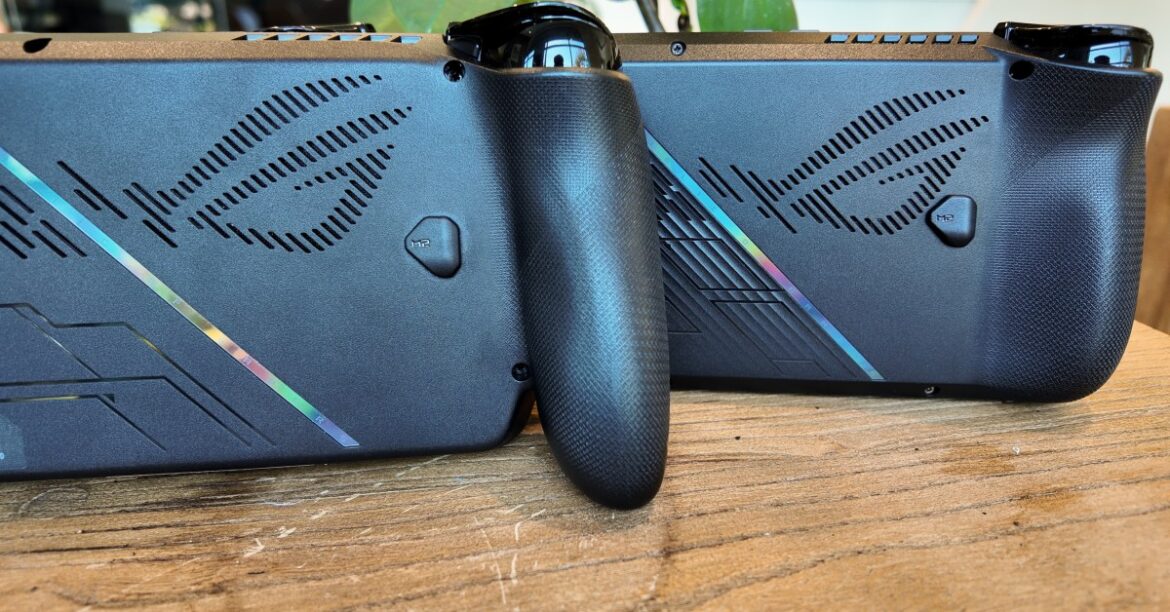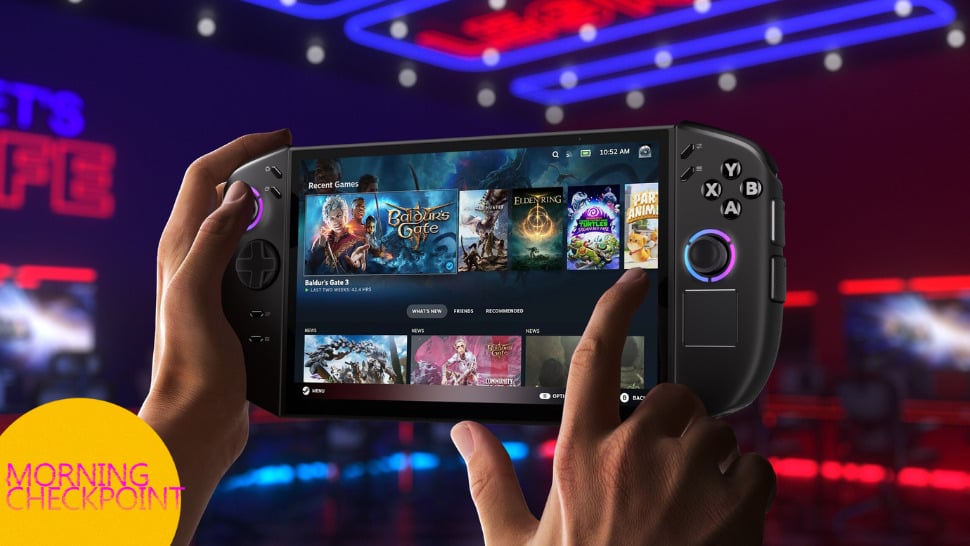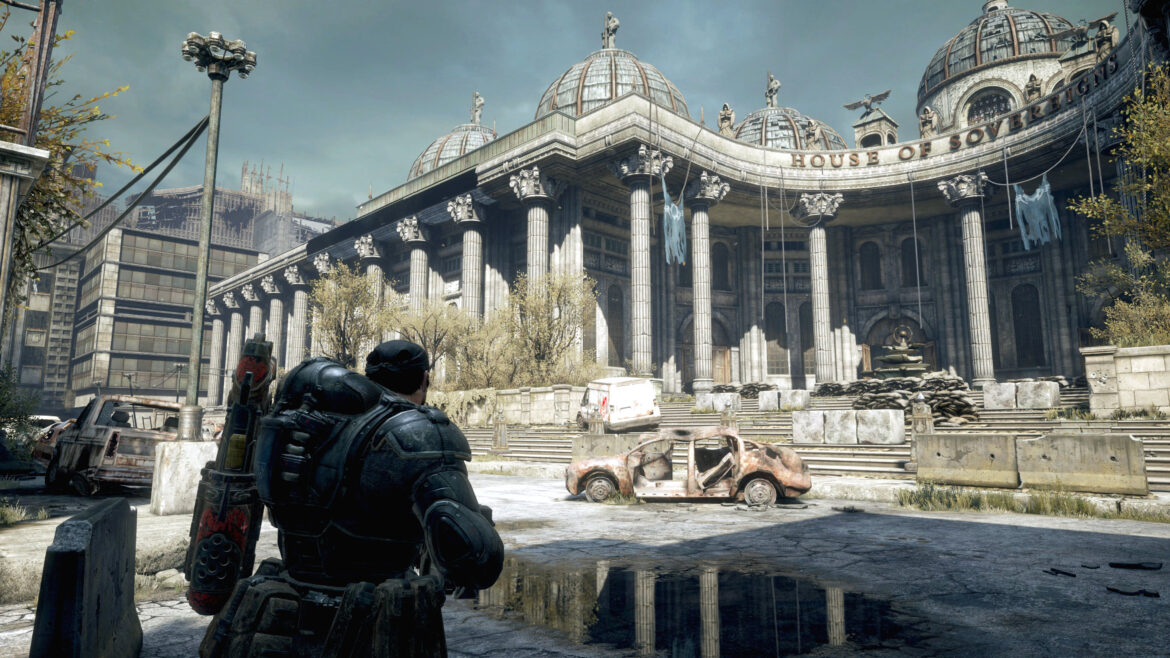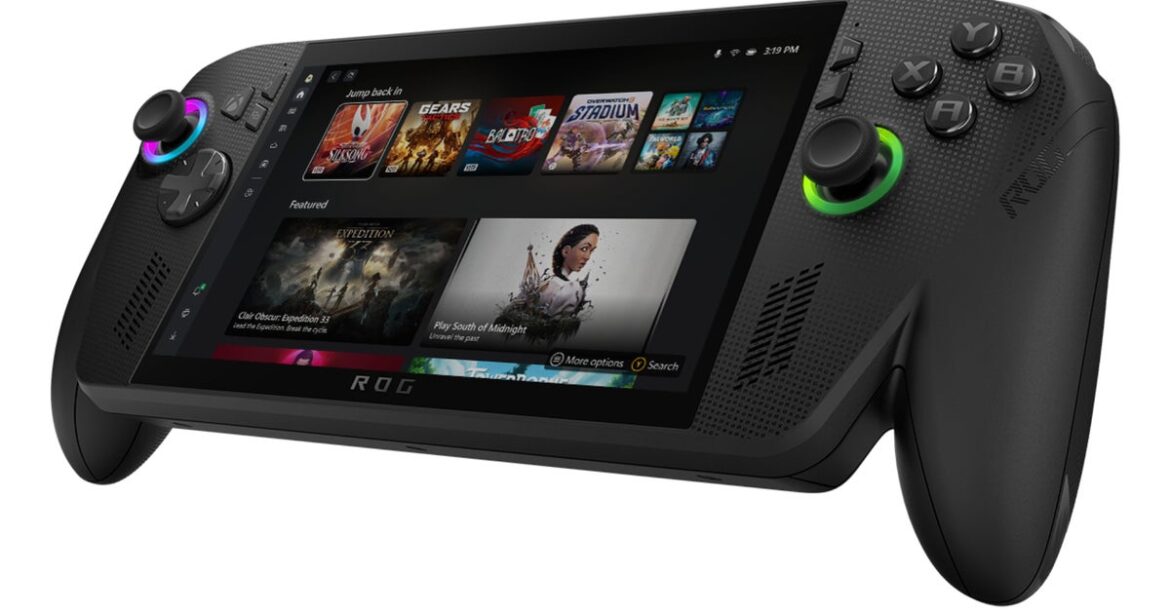To promote preorders for the ROG Xbox Ally and Xbox Ally X, Asus looked to one of the most popular video games of all time: Grand Theft Auto V. Michael De Santa actor Ned Luke and Franklin Clinton actor Shawn Fonteno appear in a new social media ad talking about the upcoming portable PC devices.
“It’s handheld freedom for everybody,” says Fonteno in the clip posted on X by Asus. “You know you gotta have an ally, and Xbox picked the right Ally,” adds Luke. Microsoft and Asus finally revealed the price points for the two PC portable devices yesterday. The ROG Xbox Ally will cost $600 in the US, while the Xbox Ally X will cost $1,000. Both handhelds will launch October 16.
The base model ROG Xbox Ally has drawn comparisons to the Steam Deck OLED from a specs perspective, featuring an AMD Ryzen Z2 A processor (Zen 4), 16GB of DDR5 RAM, and a 512GB SSD. Meanwhile, the premium Xbox Ally X has an AMD Ryzen AI Z2 Extreme processor (Zen 5), 24GB DDR5 RAM, and a 1TB SSD. In June, GameSpot got hands-on time with the Xbox Ally X.
Asus announced that the GTA V stars would “help get folks aboard the ROG Xbox Ally hype train” last month. Previously, the company has worked with GTA V star Steven Ogg (Trevor Philips), too.
Earlier this month, Microsoft revealed that it was raising Xbox prices once again in the US. Starting October 3, the Xbox Series S will retail for $400 (up from $380), while the Xbox Series X 1TB will cost $650 (up from $600).

